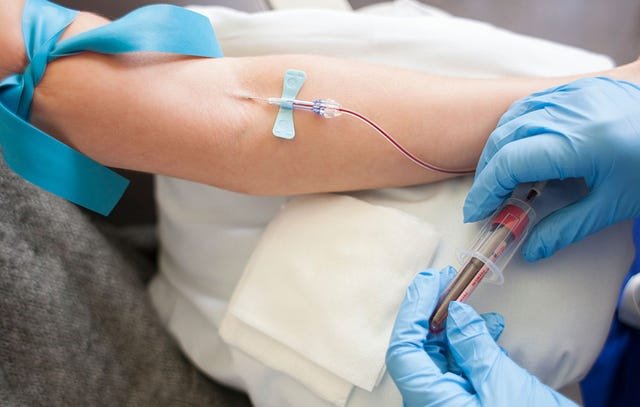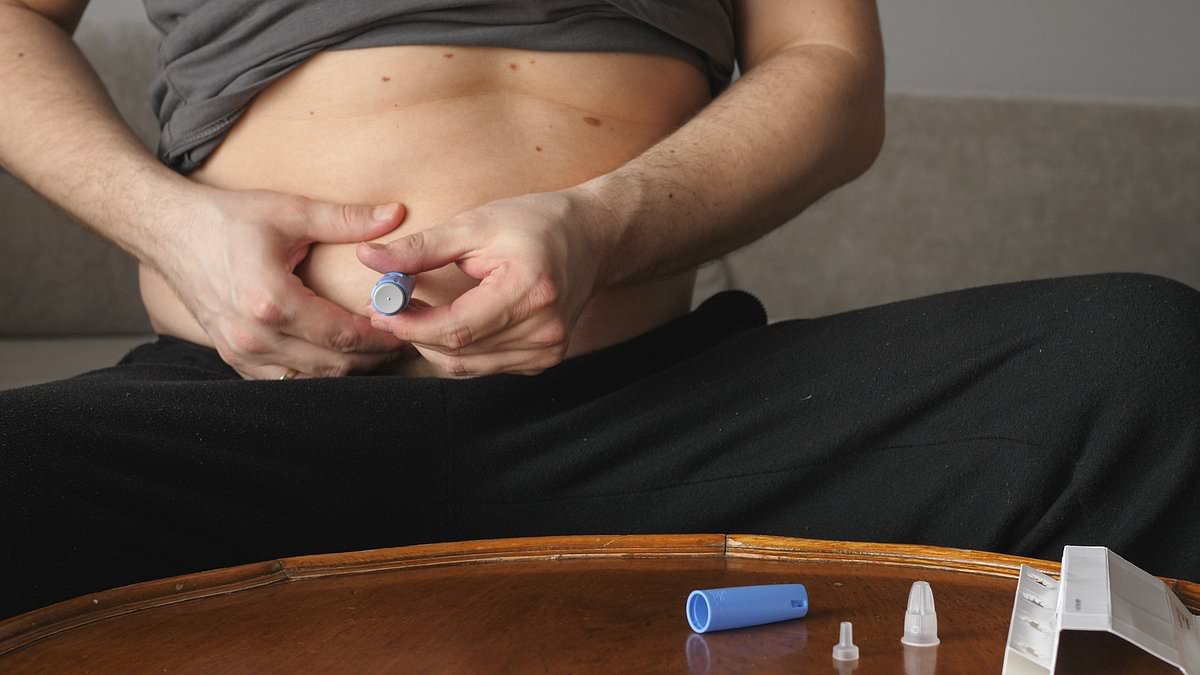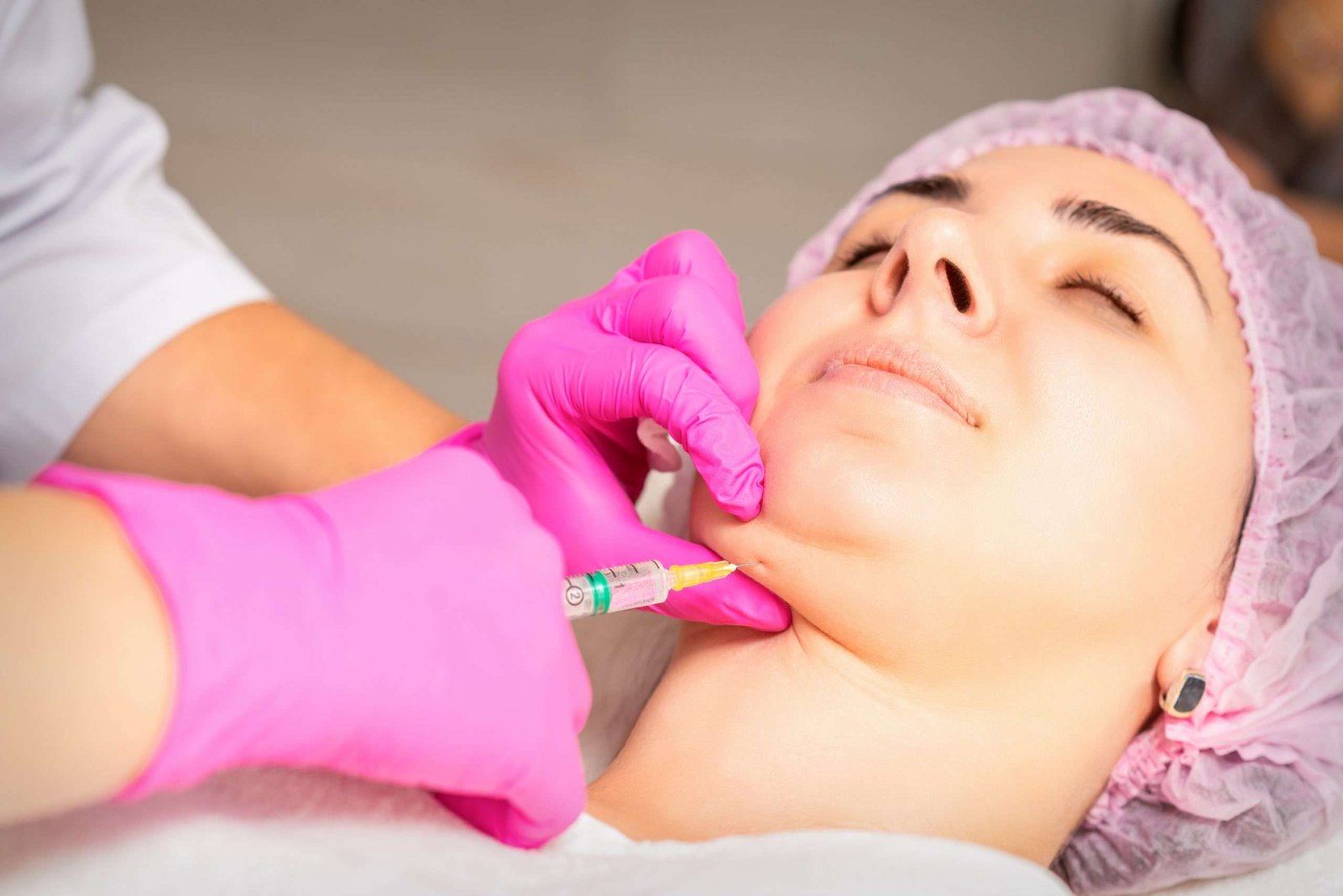Monitoring HbA1c levels is one of the most effective ways to understand long-term blood sugar control. Unlike a simple fasting glucose test, HbA1c reflects the average blood sugar levels over the past two to three months, providing a more reliable picture of how the body is managing glucose. For individuals with diabetes or those at risk, maintaining healthy HbA1c levels is critical to preventing complications such as heart disease, kidney damage, nerve problems, and vision issues. While medication is sometimes necessary, adopting natural and sustainable lifestyle changes can play a major role in reducing HbA1c and improving overall health.
Understanding HbA1c and Its Role
HbA1c, also called glycated hemoglobin, measures the percentage of glucose attached to red blood cells. Since red blood cells live for about 90 to 120 days, the test shows an average of blood sugar during that time. A normal HbA1c is below 5.7%, prediabetes ranges between 5.7% and 6.4%, and diabetes is diagnosed at 6.5% or higher. Most people with diabetes are advised to keep HbA1c levels below 7%, although the target may vary depending on individual health factors. Understanding these ranges is the first step toward better management.
Choosing a Balanced Diet with Low-Glycemic-Index Foods
Diet plays a central role in lowering HbA1c levels. Foods high in refined sugar and simple carbohydrates cause rapid spikes in blood sugar, which keeps HbA1c elevated over time. Instead, focusing on low glycemic index foods helps keep glucose levels steady. Whole grains like oats, brown rice, and quinoa release energy slowly and prevent sudden spikes. Vegetables such as spinach, broccoli, and carrots provide essential fiber, while lean proteins like fish, chicken, beans, and lentils improve satiety and balance blood sugar. Healthy fats from sources like nuts, olive oil, and avocados further help by slowing digestion. Pairing carbohydrates with protein or fat and eating meals at consistent times creates a more stable glucose response, ultimately reducing HbA1c levels.
Staying Physically Active
Exercise is one of the most natural and effective ways to improve insulin sensitivity and lower HbA1c. Physical activity allows muscles to use glucose for energy, reducing the amount of sugar circulating in the bloodstream. Aerobic exercises such as brisk walking, cycling, or swimming are excellent for burning glucose, while strength training helps build muscle mass, which enhances long-term glucose storage and utilization. Even light activities like walking after meals, taking the stairs, or stretching during breaks can add up throughout the day. Experts recommend aiming for at least 150 minutes of moderate-intensity exercise each week, spread across different days, to achieve sustainable results.
The Importance of Weight Management
Excess body weight, particularly around the abdomen, contributes to insulin resistance, which makes it harder for the body to regulate blood sugar. Research shows that even modest weight loss of 5–10% can significantly improve HbA1c levels in people with type 2 diabetes or prediabetes. Instead of extreme dieting, gradual and sustainable changes such as portion control, mindful eating, and reducing processed foods are more effective in the long run. Maintaining a healthy weight not only lowers HbA1c but also reduces the risk of developing related health complications.
Stress Management and Its Effect on Blood Sugar
Chronic stress triggers the release of hormones like cortisol and adrenaline, which increase blood sugar levels. Over time, constant stress can contribute to elevated HbA1c. Incorporating stress management techniques into daily life is therefore essential. Practices such as deep breathing exercises, meditation, yoga, or tai chi can help calm the mind and body. Spending time outdoors, journaling, or engaging in hobbies also provides relaxation. Even dedicating a few minutes each day to stress relief can lead to noticeable improvements in blood sugar regulation.
Improving Sleep Quality
Poor or irregular sleep disrupts the body’s ability to process glucose and respond to insulin effectively. Adults should aim for seven to nine hours of quality sleep per night. Establishing a consistent bedtime routine, reducing caffeine intake, and limiting screen use before bed are all useful strategies. A dark, cool, and quiet sleep environment further promotes rest. Better sleep not only supports healthier HbA1c levels but also enhances energy, focus, and overall well-being.
Staying Hydrated Throughout the Day
Hydration plays a role in blood sugar regulation, as water helps flush out excess glucose through urine. Choosing plain water, sparkling water, or unsweetened herbal tea over sugary drinks can prevent unnecessary glucose spikes. Even mild dehydration can affect blood sugar levels, making regular hydration an easy yet powerful step toward lowering HbA1c naturally.
Reducing Processed Foods and Hidden Sugars
Many packaged foods contain hidden sugars, even those marketed as “healthy.” Consuming sugary drinks, refined carbohydrates, and processed snacks regularly contributes to higher glucose levels. Reading food labels carefully, preparing meals at home, and limiting processed food intake can reduce these hidden sources of sugar. Prioritizing whole, nutrient-dense foods allows for better portion control and long-term improvements in blood sugar management.
Monitoring Blood Sugar and Seeking Medical Guidance
Regular blood sugar monitoring provides valuable insights into how diet, activity, sleep, and stress impact glucose control. This feedback helps individuals make more informed decisions and stay consistent in their efforts. While lifestyle changes are effective, consulting healthcare professionals is equally important. Doctors may recommend specific HbA1c targets or, if necessary, medications to support better outcomes. Combining professional advice with natural strategies ensures a safe, personalized, and sustainable approach.
Get an HbA1c Test Done at Abu Bakar Lab Through Instacare
Conclusion
Lowering HbA1c levels naturally and sustainably is about building healthy habits rather than relying on quick fixes. A balanced diet, consistent physical activity, weight management, stress reduction, better sleep, and proper hydration all work together to improve long-term glucose control. By focusing on gradual and sustainable changes, individuals can successfully lower HbA1c, reduce the risk of diabetes complications, and enhance overall health. The key is consistency, small steps practiced daily have the most lasting impact on well-being and long-term blood sugar management.
















Leave a Reply